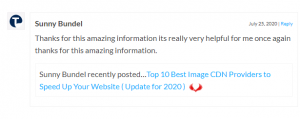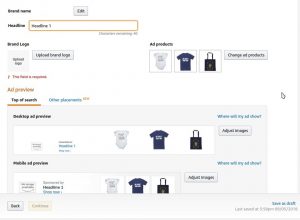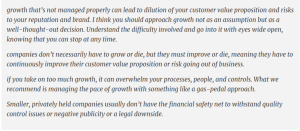It’s time to dig below the surface of your PPC account to see if relevant search terms are wasting money. Columnist Amy Bishop shows what to look for and how to use the data to your benefit!

There’s never a bad time to look for efficiencies within your account. Of course, there are the obvious things to look for: keyword bids, dayparting, geography and device performance and so on, but sometimes inefficiencies stem from issues below the surface.
One of the ways I like to dig into an account’s structural and economic health is by taking a look at query mapping.
By that I mean filtering through the search queries to see which ad groups and keywords queries are being paired with and subsequently adding negatives to ensure that queries are matched most appropriately. (I’ve heard query mapping called by other names such as negative keyword sculpting, negative keyword funneling and keyword mapping. I use these terms interchangeably.)
Query mapping isn’t really a new concept, but a lot of advertisers aren’t familiar with it and/or don’t see the value in what might seem like tedious work. The most common anti-query-mapping arguments that I hear are:
- It’s time consuming.
- The engines do a good job of matching keywords.
I don’t entirely disagree with either of the arguments above. I don’t find query mapping to be particularly time-intensive, but it does require some time — as does any other optimization. The engines do a generally decent job of matching queries to terms, but they aren’t perfect, as you’ll quickly see if you review your query mapping.
But the bottom line is this: If you don’t partake in query mapping, your account could be wasting money.
[Read the full article on Search Engine Land.]
Some opinions expressed in this article may be those of a guest author and not necessarily Marketing Land. Staff authors are listed here.
(Some images used under license from Shutterstock.com.)
Marketing Land – Internet Marketing News, Strategies & Tips
(64)
Report Post






